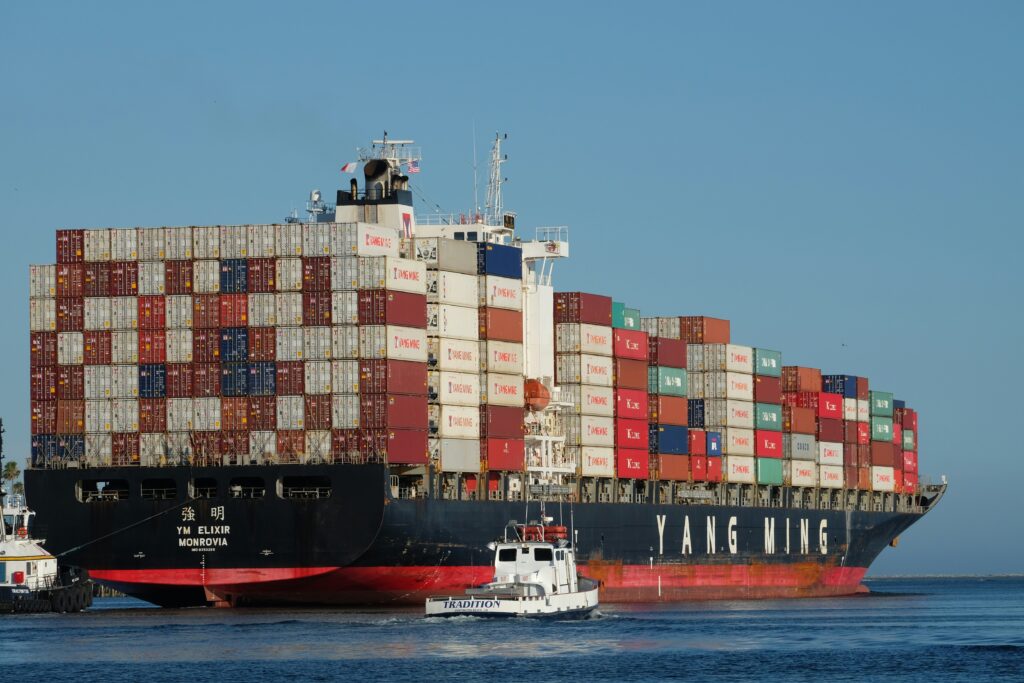A Tactical Look at Maintaining Profitability and Relevance as Trade Costs Climb and Consumer Expectations Evolve
As 2025 progresses, brands selling on Amazon are navigating a landscape shaped by two defining forces: evolving consumer expectations and rising global trade costs. With shoppers growing more selective about spending and new tariffs increasing landed costs, sellers face mounting pressure to deliver credible value without sacrificing profitability.
Here’s a breakdown of what’s happening — and how brands can adapt.

Photo by Diego Fernandez on Unsplash
The New Definition of Value in 2025
Consumers aren’t just chasing the lowest price, they’re prioritizing purchases that deliver utility, reliability, and transparent pricing. This shift coincides with Amazon’s own investments in artificial intelligence, which are transforming how products get discovered, priced, and delivered.
In his April 2025 letter, Amazon CEO Andy Jassy emphasized how generative AI is enhancing customer experiences across the business, including search, personalization, and advertising. For brands, this means product listings must now communicate tangible benefits clearly and efficiently, as AI-powered systems increasingly decide which products shoppers see first.
Tariffs Are Reshaping Profitability
The financial pressure isn’t limited to shifting consumer habits. Significant tariffs that went into effect early this year are already having a direct impact on costs for imported goods. According to recent reports by the United States Postal Service, this includes:
- 125% tariffs on China-origin products as of April 2025.
- The end of de minimis entry thresholds for China shipments starting May 2025, eliminating the tariff-free status for low-value imports under $800.
- A 10% reciprocal tariff applied to imports from all other countries.
- New formal entry fees for non-de minimis shipments, adding at least $32.71 per shipment.
For brands that rely on imported products, particularly from China, these changes are reshaping landed costs overnight. Sellers are now faced with difficult decisions: absorb the increases, raise prices, or diversify sourcing.

Photo by Jakub Żerdzicki on Unsplash
How Amazon’s AI Shifts Affect Brands
Amazon’s AI infrastructure isn’t just a consumer-facing upgrade. As Jassy detailed, generative AI is being integrated across fulfillment, customer service, and operational workflows. This impacts third-party sellers in multiple ways:
- Smarter ad targeting and recommendations mean competition for visibility will intensify. Product pages that clearly communicate utility, reliability, and benefits are more likely to gain traction.
- AI-enhanced demand forecasting and fulfillment optimization will increase the importance of reliable, tariff-resilient supply chains.
- Operational shifts driven by AI could influence delivery expectations, inventory decisions, and ad performance.
Strategies for Maintaining Profitability and Value With AI Expectations and Tariff-Effective Pricing
In light of these pressures, brands should prioritize both perceived and operational value:
- Review supplier country-of-origin data against the new tariff structure. Shifting production to countries not subject to the highest duties can help protect margins.
- Consider product bundling or multipacks to maintain price points while offering added value.
- Ensure product detail pages emphasize durability, multi-use benefits, and verifiable claims — especially as AI makes discovery more selective.
- Rethink pricing and promotional strategies to avoid racing to the bottom, while still delivering competitive, credible offers.

Photo by Igor Omilaev on Unsplash
Conclusion
2025 has introduced one of the most challenging operating environments for brands on Amazon in recent years. Between rising tariffs and evolving consumer expectations, it’s no longer enough to compete on price alone. Success will come from offering clear, credible value while proactively adjusting to the new realities of AI-driven retail and global trade.
For brands willing to rethink both product positioning and supply chain resilience, there’s an opportunity to outperform — even in a tougher, smarter marketplace.





